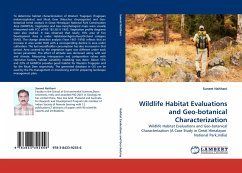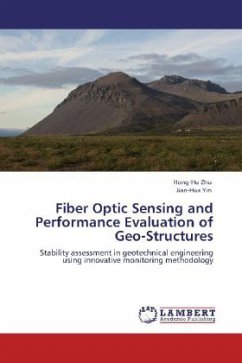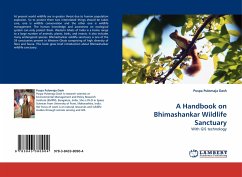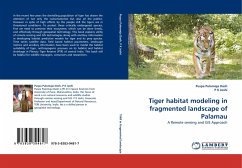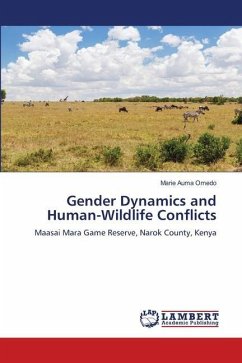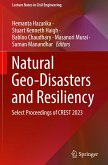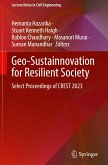To determine habitat characterization of Western Tragopan (Tragopan melanocephalus) and Musk Deer (Moschus chrysogaster) and Geo-botanical trend analysis in Great Himalayan National Park Conservation Area (GHNPCA), Vegetation and Geo-morphological maps were visually interpreted with FCC of IRS 1B LISS II 1993. Vegetation profile diagrams were also studied. It was observed that nearly 10% area of Eco Development Area is under Habitation/Agriculture/Orchard category (HAO). The change detection analysis (Year 1961 1993) reflects that an increase in area under HAO with a corresponding decline in area under cultivation. The fuel wood/fodder consumption has also increased in that period. Area covered by the vegetation types was different under each terrain parameter. The effect of altitude was dominant along with soil and climate. Measuring interspersion and juxtaposition values with restrictive factors, habitat suitability modeling was done. About 10% and 23% of GHNPCA provides good habitat for Western Tragopan and for the Musk Deer respectively. The generated database in GIS can be used by the PA management in monitoring and for preparing landscape management plan.
Bitte wählen Sie Ihr Anliegen aus.
Rechnungen
Retourenschein anfordern
Bestellstatus
Storno

